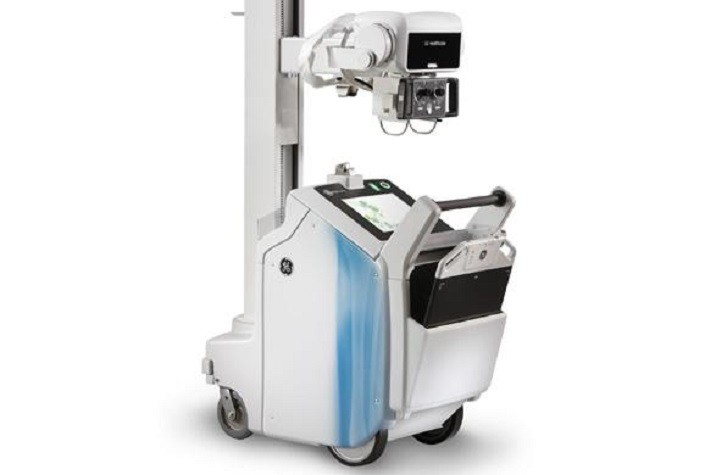Digital genome is a complete digital set of genetic material that present in an organism or a cell. Digital genome technology deals with genes and their functions to find the causes behind the chronic diseases and also to fix them. The technology is associated with the advancements that help to make healthcare more personal and more effective for the treatment. Moreover, the digital genome is an easier way of gathering information about the chronic disease. The technology is used by the professionals to get a closer look of genetic composed diseases, such as cancer. Digital genome acts as a supporter that enables instant access to trait combinations to solve apparently endless custom queries.
Download Sample PDF Of Digital Genome
New genome engineering technologies, like CRISPR-Cas9, are revolutionising how we think about genetics. The ability to make targeted changes to a living cell’s genome has huge implications in fields like precision health, agriculture and biosecurity.
But genomes are big, and everyone's is different. How do you design a tailored approach for a specific genome? How do you know where to target amongst the billion bases in a human genome?
As digital information continues to accumulate, higher density and longer-term storage solutions are necessary. DNA has many potential advantages as a medium for immutable, high latency information storage needs. For example, DNA storage is very dense. At theoretical maximum, DNA can encode two bits per nucleotide (nt) or 455 exabytes per gram of ssDNA. Unlike most digital storage media, DNA storage is not restricted to a planar layer, and is often readable despite degradation in non-ideal conditions over millennia. Finally, DNA’s essential biological role provides access to natural reading and writing enzymes and ensures that DNA will remain a readable standard for the foreseeable future.
Genome editing is a powerful new tool for making precise alterations to an organism’s genetic material. Recent scientific advances have made genome editing more efficient, precise, and flexible than ever before. These advances have spurred an explosion of interest from around the globe in the possible ways in which genome editing can improve human health. The speed at which these technologies are being developed and applied has led many policymakers and stakeholders to express concern about whether appropriate systems are in place to govern these technologies and how and when the public should be engaged in these decisions.





No comments:
Post a Comment